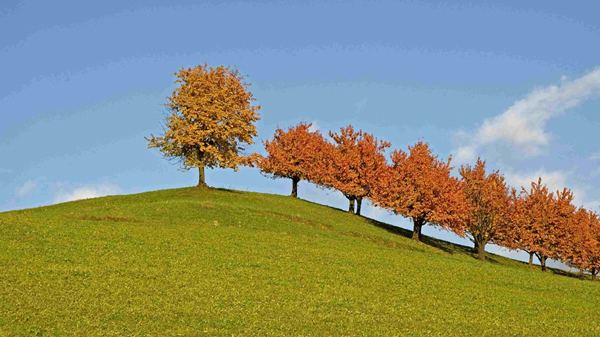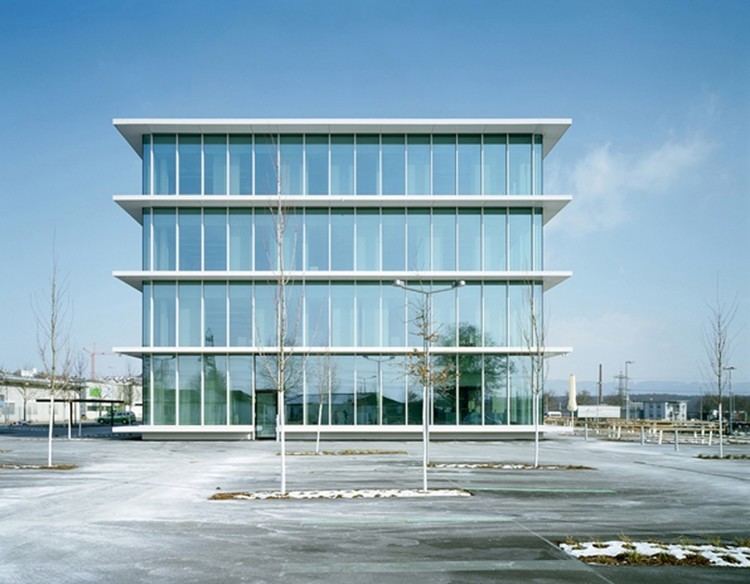Country Switzerland Founded 1225 Population 11,290 (Dec 31, 2008) Area 16.03 km2 | District Rheinfelden Mayor Stadtammmann (list)Franco Mazzi FDP/PRD(as of February 2014) | |
Rheinfelden (Swiss German: , ) is a municipality in the canton of Aargau in Switzerland, seat of the district of Rheinfelden. It is located 15 kilometres east of Basel. The name means the fields of the Rhine, as the town is located on the Hochrhein. It is home to Feldschlosschen, the most popular beer in Switzerland. The city is across the river from Rheinfelden in Baden-Wurttemberg; the two cities were joined until Napoleon Bonaparte fixed the German–Swiss border on the Rhine in 1802 and are still socially and economically tied.
Contents
- Map of Rheinfelden
- Gospelchor rheinfelden konzert in lorrach 16 4 2011 anfang
- Doppelkonzert metallharmonie binningen gospelchor st josef rheinfelden 21 11 2010 teil 2
- Geography
- History
- Economy
- References
Map of Rheinfelden
Gospelchor rheinfelden konzert in lorrach 16 4 2011 anfang
Doppelkonzert metallharmonie binningen & gospelchor st josef rheinfelden 21 11 2010 teil 2
Geography

The old town of Rheinfelden lies on the left bank of the Rhine, where the river is divided into two arms by the "Inseli", a roughly 150-metre-long island. This is on the verge of a tectonic plate, the Rhine rift. A huge vortex, "St-Anna-Loch" tears at this point, with water up to fifty metres in depth. Nearly 400 metres east is the Magdenerbach. The Rhine is navigable by ship from Rheinfelden all the way to the North Sea.

Around the city center stretches a large gravel plain. While this stretches just one kilometre wide to the West, it extends to the east to the moraine of Mohlin with a width of around three kilometres; in the south, the plain is limited through the wooded, gently-rising foothills of the Tafeljura. These are the Steppberg (373 m above sea level) and the "Berg" (419 m), both in the south-east. Between these two hills lie the deeply incised valleys of the Magdenerbach.
Rheinfelden has an area, as of 2009, of 16.03 square kilometers (6.19 sq mi). Of this area, 3.32 km2 (1.28 sq mi) or 20.7% is used for agricultural purposes, while 8.01 km2 (3.09 sq mi) or 50.0% is forested. Of the rest of the land, 3.62 km2 (1.40 sq mi) or 22.6% is settled (buildings or roads), 1.07 km2 (0.41 sq mi) or 6.7% is either rivers or lakes and 0.01 km2 (2.5 acres) or 0.1% is unproductive land.
Of the built up area, industrial buildings made up 3.9% of the total area while housing and buildings made up 8.4% and transportation infrastructure made up 6.4%. Power and water infrastructure as well as other special developed areas made up 2.0% of the area while parks, green belts and sports fields made up 1.9%. Out of the forested land, all of the forested land area is covered with heavy forests. Of the agricultural land, 17.0% is used for growing crops and 3.3% is pastures. All the water in the municipality is in rivers and streams.
The highest point (419 m (1,375 ft)) is located on "Berg", the lowest point (270 m (890 ft)) is on the Rhine. Neighbouring cities are Kaiseraugst to the west, Olsberg to the south-west, Magden to the south and Mohlin to the east (all in the Aargau); over the river in Germany lies Rheinfelden, Baden-Wurttemberg.
History

The area around Rheinfelden was already settled in the Middle Stone Age, around 10,000 years before the present day. At that time, people lived in the "Hermitage", a small natural cave next to the current highway. In the year 45 BC, a few kilometres further west, the settlement Augusta Raurica was founded, the first Roman town in Switzerland, near modern Kaiseraugst. In the plains at Rheinfelden was then a large estate. Towards the end of the 4th century a border fort was constructed at the western settlement.

Rheinfelden is first mentioned about 851 as Rifelt and in the first half of the 12th century it was called Rinfelden. In the second half of the 10th century, when the entire Fricktal area was within Kingdom of Burgundy, Rheinfelden was granted to the von Wetterau family. They later adopted the title of Count of Rheinfelden. The Rheinfeldens built a fortress, "Stein", on the strategically located island; a riverbank settlement stood at the "Altenburg". The last of this comital line was Rudolf of Rheinfelden, Duke of Swabia (1057–79) and German antiking (1077–80) during the Investiture Controversy.
When Rudolf died on October 15, 1080 in Merseburg, his territories were inherited by Berthold II of Zahringen.but the town went to his son Otto and his family the von Wetters. Berholds second son, Conrad, awarded market rights to the city, making it the oldest Zahringerstadt in Switzerland and the oldest city in the Aargau; in 1150 he also had the first bridge built across the Rhine, between Konstanz and Strasbourg. In 1218, Berthold V died without issue. In 1225, Rheinfelden gained Reichsfreiheit to become an Imperial City.
A little over a century later, in 1330, the city pledged itself to the Habsburgs, becoming a part of Further Austria. In 1445, when the Habsburgs were fighting the Old Zurich War, insurgents destroyed the castle on the "Inseli", due to the citys allegiance with Basel. After a siege lasting several months, Rheinfelden was returned to Austrian subjugation in 1449. After the Waldshut War from 1468, all of Fricktal Burgundy pledged to the Habsburgs. After the Burgundians were beaten by the Old Swiss Confederacy in the Burgundian Wars, Rheinfelden land, not Title, was restored to Austria in 1477.
During the 17th century, there was very little time during which the city enjoyed peace. During the Rappenkrieg, a peasant uprising that lasted from 1612 until 1614, the city was unsuccessfully besieged but devastated. Between 1633 and 1638 the Thirty Years War reached Fricktal, where Rheinfelden played an important role. On 15 July 1633, Swedish and French troops devastated the city. On 5 February 1638, the city was besieged by Protestant troops under the command of Bernhard of Saxe-Weimar. On 28 February the Battle of Rheinfelden began, as the city was attacked by numerically-superior Imperial and Bavarian troops under the command of Johann von Werth and Federico Savelli. The Protestants lost this encounter and moved on. Bernhard brought them weapons, but in the second passage on 3 March they were heavily defeated, as he and his men unexpectedly re-appeared on the battlefield, with Savelli and Werth falling into captivity.
By the end of the Thirty Years War, the Austrians had built a fortress on the island to secure the southwestern border of the Breisgau. In 1678, French troops under the command of Francois de Crequy fired at the city. In 1745, during the War of the Austrian Succession, the French made a fortress on the same ground and also blasted a portion of the city wall. On 17 July 1796 Rheinfelden was again occupied and looted by the French.
As a result of the Treaty of Campo Formio in 1797, the Fricktal became a French protectorate, forming the front line between the French Revolutionary and the Austrian troops in the War of the Second Coalition. On 20 February 1802 Rheinfelden was made a district capital of the newly created Canton of Fricktal, (Principality of Frickgau), joining the Helvetic Republic in August, the point at which the city became decisively Swiss. After the removal of the governor Sebastian Fahrlander at the end of September 1802, the seat of the cantonal government was relocated here from Laufenburg. With the beginning of the Reichsdeputationshauptschluss (the German Mediatisation), Napoleon Bonaparte dissolved the canton of Fricktal. Since 19 March 1803, Rheinfelden has been the capital of a district of the same name, in the canton of Aargau. With the Reichsdeputationshauptschluss, the remaining (German) parts of the city lost their independence to the Grand Duchy of Baden, becoming Rheinfelden, Germany.
Economy
As of 2007, Rheinfelden had an unemployment rate of 3.83%. As of 2005, there were 40 people employed in the primary economic sector and about 9 businesses involved in this sector. 1,313 people are employed in the secondary sector and there are 86 businesses in this sector. 4,420 people are employed in the tertiary sector, with 432 businesses in this sector.
